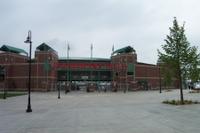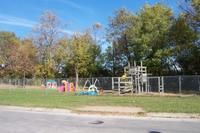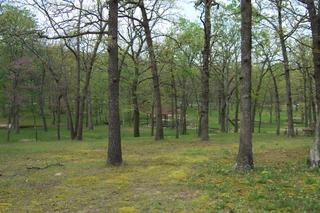Hike the Trail !

"RAILS TO TRAILS" has been one of the best land development programs to occur across the United States in recent years in our increasingly health-conscious society. In this program, old abandoned railroad beds are converted into trails for walking, running, skating, and biking. Some have parallel paths for horseback riding. Outdoor enthusiasts, nature lovers, and those advocating health, fitness, and wellness couldn't be happier.
Individuals, couples, and families are taking advantage of the opportunities to become more physically fit, and at the same time to see a portion of nature's beauty generally only seen by railroad passengers of yesteryear. In addition to offering a chance for great exercise, being on a trail can be a wonderful way to spend free time. Deciding to utilize leisure on a trail is a good choice!
In the state of Missouri, the Katy Trail is the longest "rails to trails" development. Already it stretches nearly the entire width of the state. And, plans are underway to complete the trail all the way from eastern to western borders. The newest of the "rails to trails" programs is the Ozark Greenways Frisco Highline Trail in southwest Missouri. The 35-mile route runs from Springfield, the state's third largest city, to Bolivar. The new trail was officially opened on September 24, 2005 when the mayors of towns and cities along the route met at the trail's mid-point for a ribbon-cutting ceremony.
__________
The photo above shows the Frisco Highline Trail just south of the trailhead in Bolivar, Mo.




